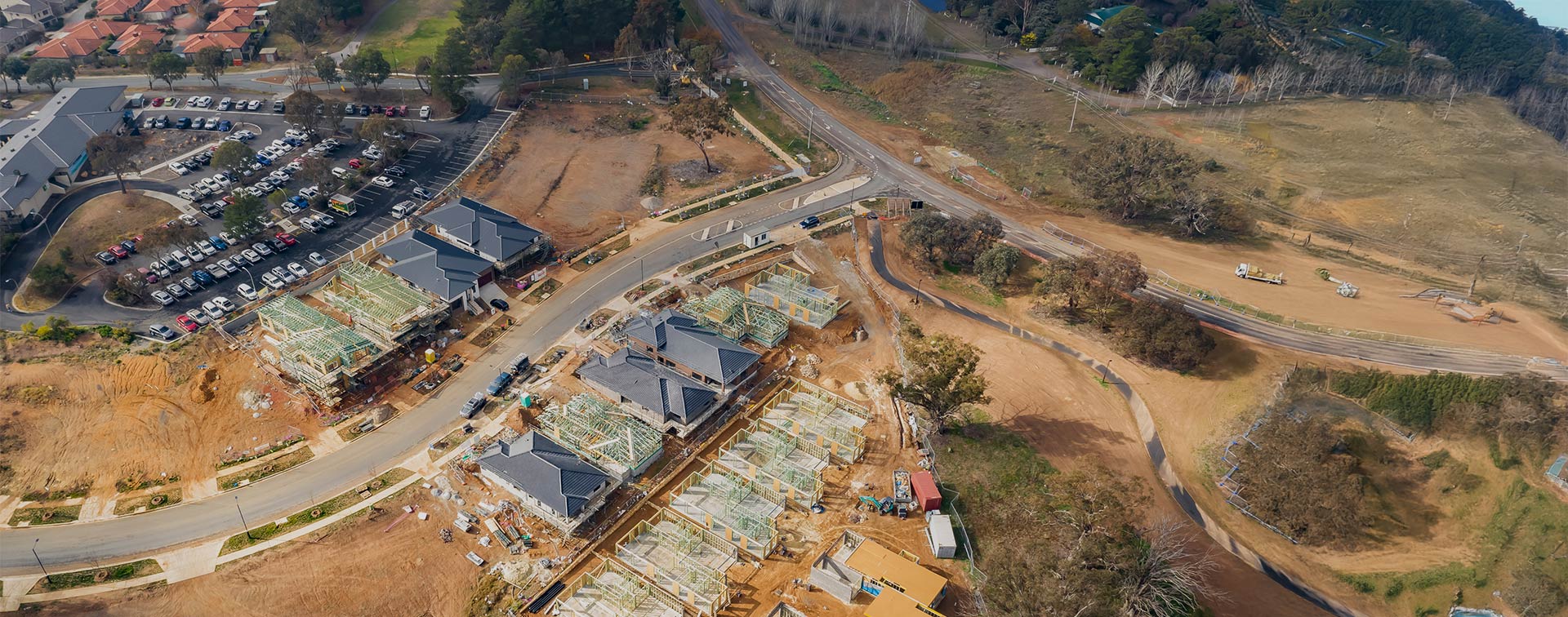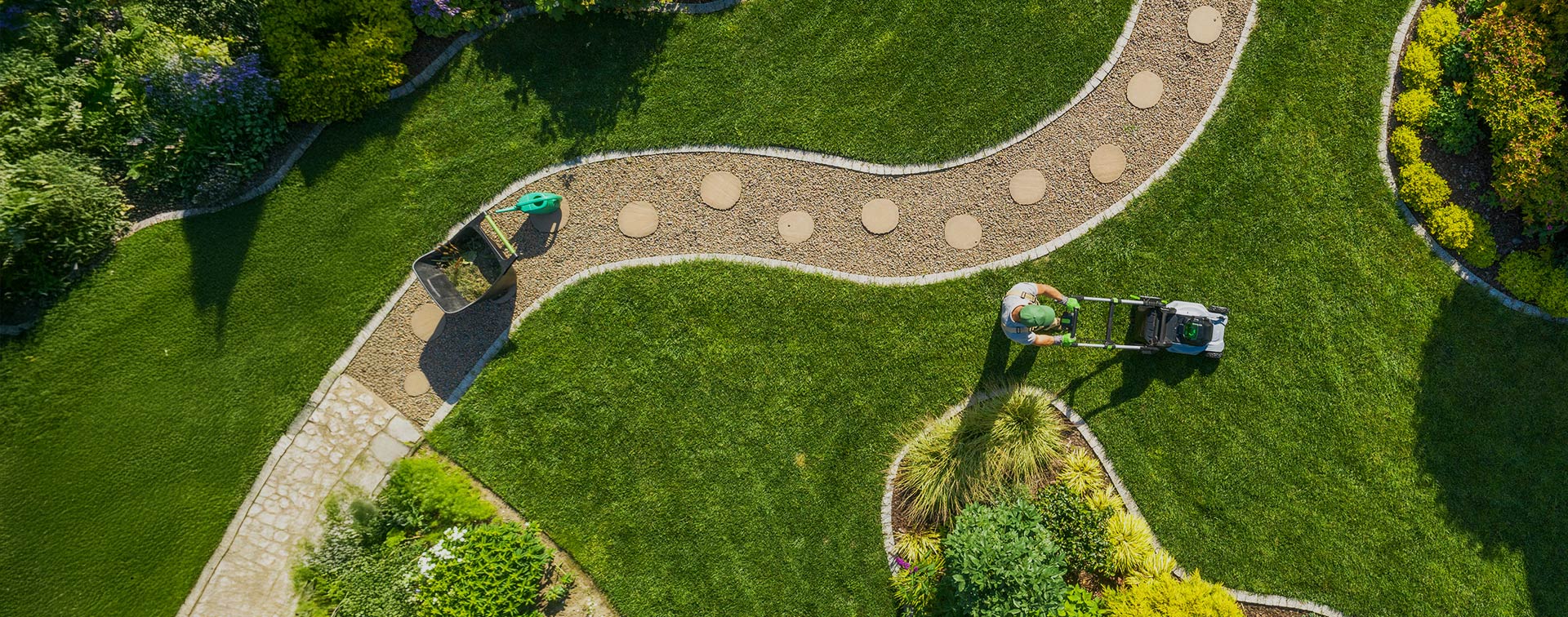It’s 7:15 AM. Your inbox is flooded. A client reports that their water treatment plant’s sensor data is erratic. The maintenance crew is on-site but lacks the updated compliance checklist. The vendor delivering critical parts is delayed. And there’s a community relying on you to ensure uninterrupted water services.
For 13 years, we’ve partnered with project managers like you—some of those overseeing the servicing and maintenance of water and sewage facilities. We’ve been there, coordinating predictive maintenance, managing assets, liaising with vendors, and ensuring regulatory compliance. Along the way, we’ve learned what works, what doesn’t, and what’s just industry buzz.
This is a story about lessons learned in the field. About where data-driven approaches truly make an impact—and where they fall short. How centralisation can transform a project, but only if executed correctly, and why technology can be a lifesaver, but only when paired with common sense.
So, here are five hard-earned lessons for project managers in the plumbing and water solutions industry. Let’s cut through the noise.
Lesson One: Data Is Useful—But Only When It’s Actionable
In today’s world, every component—from pumps to valves—is generating data. IoT sensors, remote monitoring, and predictive maintenance are the buzzwords of the moment—and for good reason.
Take the Lyttelton Harbour pump station Aquatec designed. They didn’t just install a pump and hope for the best. They used data to create a pump station that wouldn’t just meet today’s needs but could adapt for the future. Environmental conditions, infrastructure requirements, and maintenance schedules were all built with data in mind.
However, data is only useful if you actually use it. Collecting metrics is great, but if you’re drowning in dashboards with no clear way forward, you’re just as stuck as if you had no data at all. Focus on actionable insights: use data to predict, plan, and fix—not just to look busy.
Inspiring Insight: Dr. Michael Di Matteo, a researcher at the University of Adelaide, developed an AI method to optimise stormwater system management. His work highlights how actionable data can transform efficiency and decision-making in water services. Read more here.
Lesson Two: AI Isn’t a Silver Bullet
Artificial Intelligence is a hot topic in almost every industry, and plumbing is no exception. Predictive maintenance, AI-powered scheduling, automated diagnostics—it all sounds great.
And sometimes, it is. AI can help identify patterns you might miss, like a pump motor that’s about to fail or an equipment load that’s putting too much strain on your system.
But here’s the reality: AI isn’t a standalone tool. For it to truly shine—forecasting, predicting, analysing, and suggesting—it needs to be plugged into your systems and trained with real case scenarios. It has to understand your workflows, your data, and your specific challenges.
This is where your staff becomes invaluable. AI is only as good as the data it’s fed, and that data comes from the field. When your team collects information consistently—documenting maintenance tasks, logging sensor data, reporting anomalies—they’re feeding the algorithms that make AI work.
Inspiring Insight: Peter Radcliffe, an optimisation specialist, created an adaptive model that predicts water system emergencies, proving how AI thrives with real-world data and collaborative input. Read more here.
Lesson Three: Centralisation Saves Projects (When Done Right)
Disparate systems are the Achilles’ heel of project management. If your contractors, suppliers, and crew are all using different platforms—or worse, no platforms—you’re the one stuck trying to piece it all together.
Centralisation is the key. With a single system that connects your team, your assets, and your timelines, you’re not just managing a project—you’re orchestrating it.
Aquatec’s approach at Lyttelton Harbour nailed this. Their centralised system brought together real-time monitoring, preventative maintenance schedules, and team coordination. The result? A project that wasn’t just delivered on time but was designed to thrive long-term.
But here’s the catch: centralisation only works if it’s actually central. One system for everything—not three. Otherwise, you’re back to square one, juggling silos.
Inspiring Insight: Professor Graeme Dandy from the University of Adelaide advocates integrating operational and business-related data into a single system to maximise AI and big data’s impact. Read more here.
Lesson Four: Tech Is a Tool, Not a Trophy
The field service world loves shiny new gadgets. IoT sensors, digital twins, augmented reality troubleshooting—they’re all exciting, and they all have their place.
But none of it matters if it doesn’t solve real problems. The best projects we’ve seen don’t rely on the fanciest tech—they rely on the right tech. The Lyttelton Harbour project wasn’t a success because of cutting-edge devices; it was a success because the tech was practical, focused, and integrated seamlessly into the team’s workflows.
Before you invest in something new, ask yourself: does this solve a problem, or does it just sound cool? If it’s the latter, save your budget.
Inspiring Insight: Karen Rouse, CEO of WSAA, encourages utilities to embrace tech that genuinely improves service delivery while staying focused on measurable value. Read more here.
Lesson Five: Great Project Managers Plan for What Comes Next
A successful project doesn’t end when the last pipe is laid. The best project managers think ahead—way ahead. They’re planning for the day that the pump needs servicing, the moment new regulations come into play, or the inevitable population growth that will push the system to its limits.
Aquatec’s approach embodies this forward thinking. Their systems aren’t just designed to work today—they’re built to adapt. Preventative maintenance schedules, remote monitoring, and scalable designs all ensure that their infrastructure doesn’t just survive but thrives.
Inspiring Insight: Thomas Allen, Head of Digital Water at the RSK Centre for Sustainability Excellence, highlights how AI-driven tech is transforming water management and planning for future challenges. Read more here.
Wrapping It Up
Managing servicing and maintenance projects isn’t about perfection. It’s about learning, adapting, and always asking, “What’s next?”
Over the past 13 years, we’ve learned that success isn’t about chasing the latest trends—it’s about getting the fundamentals right. Actionable data. Smart, practical tech. Centralised systems. And planning for the future, not just solving the present.
If you’re looking to take your service and maintenance projects to the next level, we know a system that can help. But more than that, we know the ins and outs of how to make it work for you. Because we’ve been there too, knee-deep in logistics, figuring it out one machine at a time.
Ready to turn lessons into results? Let’s talk.
Rate your operational excellence, with an easy 5-minute survey.


